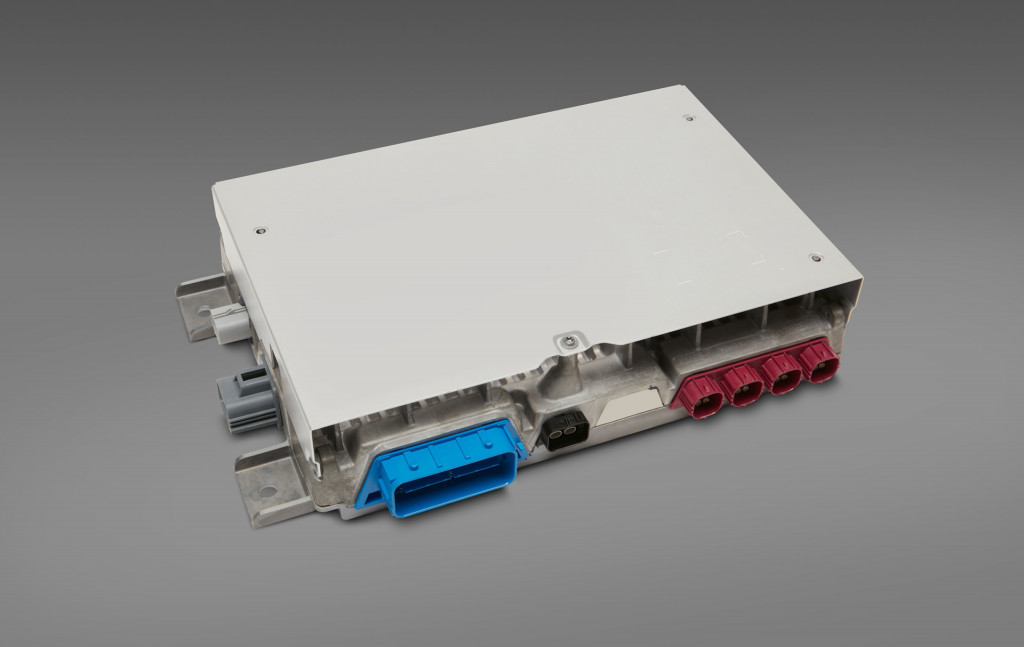General Motors' Super Cruise hands-free driving feature for highways is already one of the best performing automated driver-assist systems on the market, and starting this year it's going to get better.
GM later this year will launch an upgraded version called Ultra Cruise, which the automaker has said will handle 95% of the country's roads, meaning many journeys, or at least parts of them, won't require any actual driving by a human. The system will debut on the 2024 Cadillac Celestiq, which enters production in December.
Like Super Cruise, Ultra Cruise will still require the driver to monitor things at all times and take action when necessary. Otherwise, it will shut down. This means it will still rank at Level 2 on the SAE scale of self-driving capability. To rank above Level 2, automated driver-assist systems need to function in eyes-off mode.
Nevertheless, GM says Ultra Cruise will recognize permanent traffic control devices, follow navigation routes, follow posted speed limits, perform both automatic and on-demand lane changes, perform left and right turns, avoid objects, and park in a residential driveway.

GM Ultra Cruise onboard computer featuring Qualcomm Snapdragon Ride Platform
Making this all possible will be a complex mix of software and hardware, including a database of highly detailed maps, powerful computing systems, and more than 20 sensors—one of which will be a lidar sensor mounted behind the windshield. A camera sensor will also watch the driver to ensure he or she is paying attention to the road and not nodding off.
All of the sensors will provide a 360-degree view around the vehicle, with the data to be processed by a scalable computer that then controls the vehicle. This computer, which will roughly be the size of two laptops stacked one on top of the other, will feature Qualcomm's new Snapdragon Ride Platform.
The computer, which according to GM has the processing power of several hundred personal computers, features a pair of Snapdragon SA8540P system-on-chips and a SA9000P AI accelerator. This combination will provide the necessary bandwidth for Ultra Cruise’s sensing, perception, planning, localization, mapping, and driver monitoring. That's a lot of tasks, all of which need to be completed in a fraction of a second, repeatedly.
GM says the computer can also be updated via over-the-air software updates, meaning it's future-proofed for further advancements—including perhaps an eyes-off system that GM has trademarked the name Hyper Cruise for but not announced.
